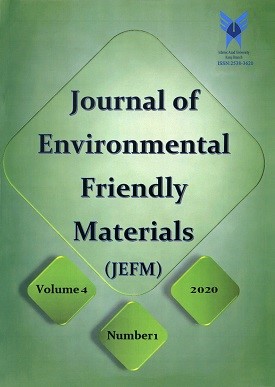Welding and inspection Industry Measurement System Analysis
محورهای موضوعی : Journal of Environmental Friendly Materials
1 - Nazeran Yekta Inspection Co, Isfehan,Iran
2 - Department of Industrial Engineering,Najafabad Branch, Islamic Azad University ,Najafabad, Iran
کلید واژه:
چکیده مقاله :
Data-driven studies extensively depend on the quality of measurement data. The quality of the measurement data depends on the statistical characteristics, which is obtained from a number of measurements under stable conditions, from a measurement system. Ensuring accurate measurement data and continuous and timely control of equipment is a great step in improving the quality of components and structures in the welding and inspection industry. During the construction and servicing of parts, it is possible to have a variety of discontinuities with different sizes, that the future function of the piece influences their exact nature and size. Economic and environmental damage caused by the incorrect size of the welding connection will have adverse consequences. Welding industry expansion has made the protection of this industry essential. The purpose of this study is to measure the error rate in the measurement system and to analyze the factors affecting the error in welding inspection. This descriptive and cross-sectional study was carried out on the quantitative inspection results of a refinery distillation tower sample with quantitative MSA and the results of the radiographic examination of the perimeter weld line used in the pipelines by qualitative MSA. Based on the findings, analysis of the quantitative measurement system was approved within the acceptable limits. Qualitative Measurement System Analysis was indicative of noncompliance, as well as re-decision on indicators such as inspection sensitivity, replacement or repair costs, acceptance or non-acceptance of the tool. The measurement system analysis assures customers that the results of the measurement data are in accordance with customer specific requirements and legal requirements.


